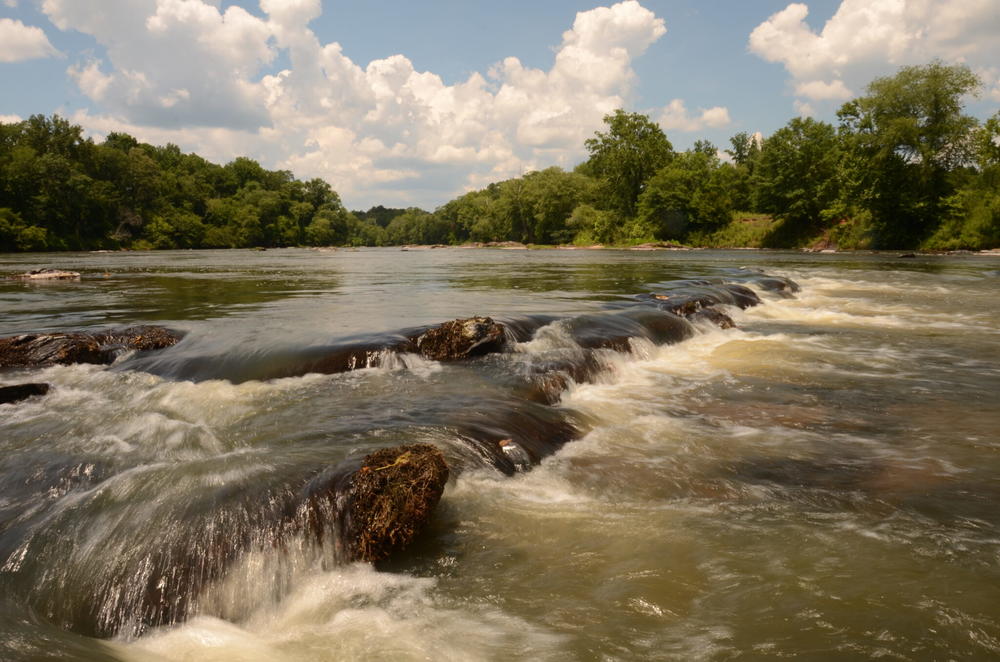
Caption
State regulators may allow new water withdrawals from the lower Flint River Basin for the first time since the summer of 2012, when a moratorium was declared on all new and expanded permits. The new permits would be limited to frost protection.
Credit: Joe Cook/Georgia River Network

